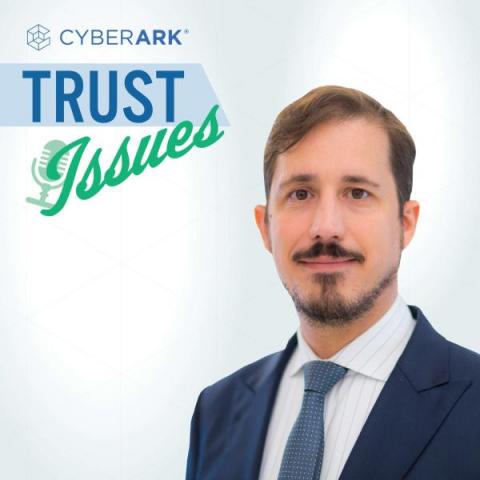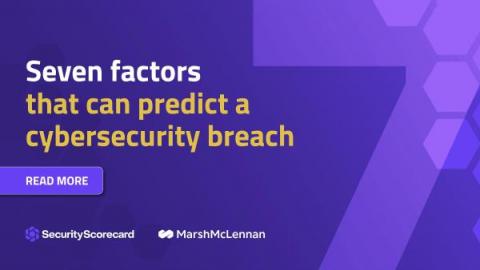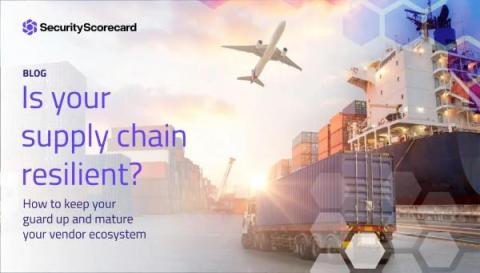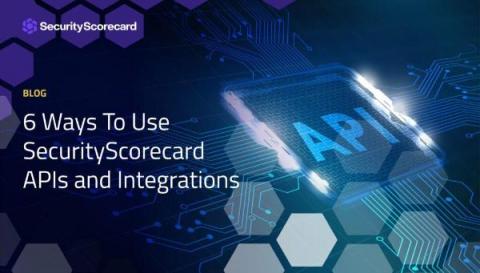EP 25 - Cisco CX Cloud CISO on the Language of Risk
We all accept a certain degree of risk in our lives. So, to varying degrees, we’re all operating – to use cybersecurity parlance – with an assume breach mindset. Meaning, we accept that attacks are inevitable and, as such, we focus time and effort on protecting the assets that matter most. In short, we buckle up for safety.








